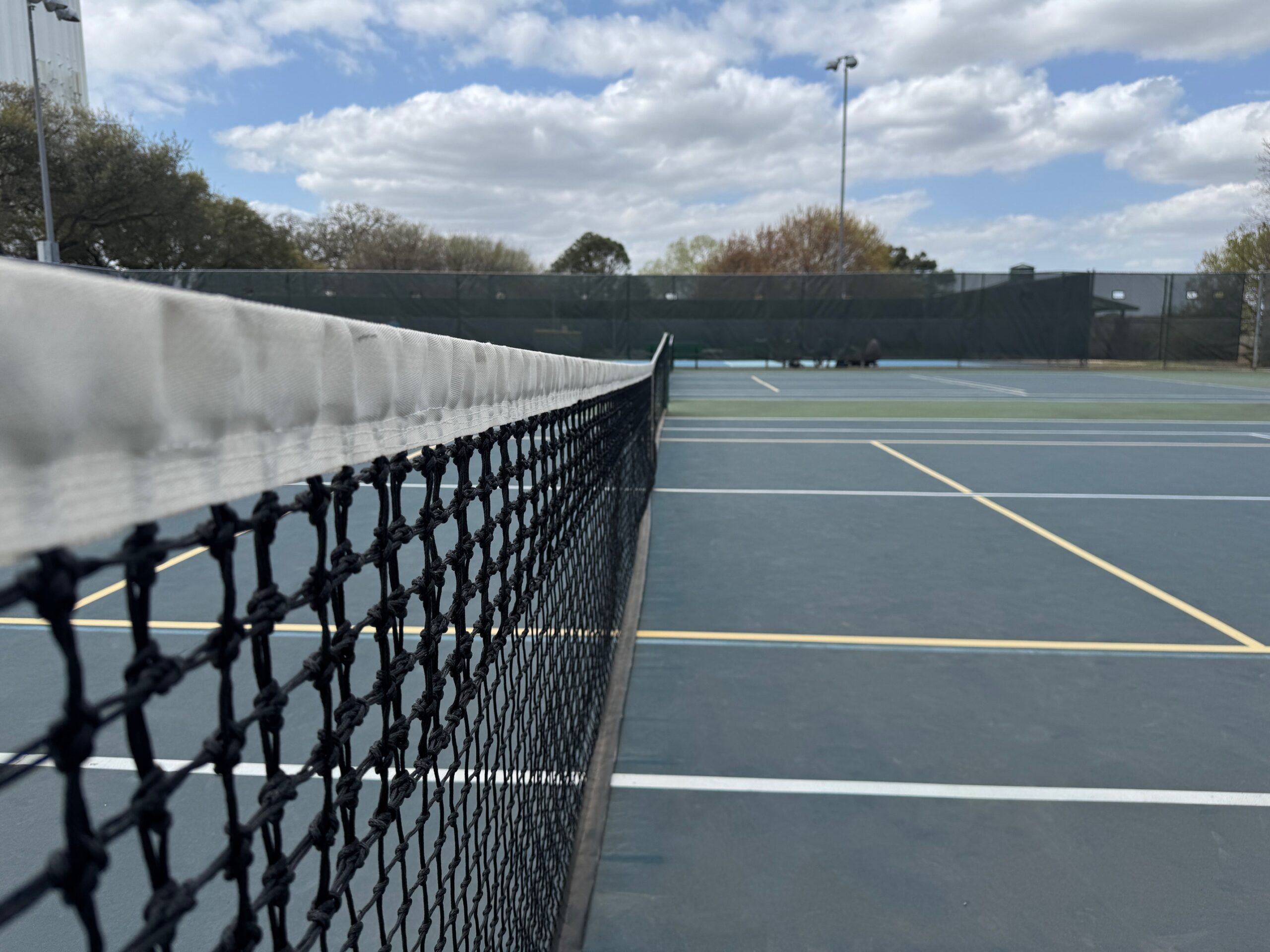When NTRP-based USTA League tennis emerged as a dominant force within the tennis ecosystem, it sparked recognition that the rating system could also be used to support leveled play in tournaments. As the NTRP system was extended to tournaments, the least complicated way to include those matches would have been to treat them exactly the same as USTA League matches. However, that wasn’t done. Someday, I hope to find out why for sure, but I strongly suspect that the reasons for the divergence were twofold.
First, the state of the USTA digital infrastructure at the time probably wasn’t mature enough to ensure consistent valid data entry from tournaments into the NTRP computer. In other words, there may have been low confidence that the scores for all tournament matches would be accurately delivered to the NTRP algorithm. That potential for errors likely warranted skepticism over ratings earned exclusively through tournament play. Since the initial decision was made, the USTA digital infrastructure has improved significantly.
The second reason for originally discounting USTA tournament matches when calculating NTRP ratings may have been worry that USTA League players might only enter tournaments as a tanking opportunity. That fear actually reveals an awareness that ratings management was already a problem for USTA League play at the time. It also simultaneously deflects that concern onto matches occurring outside of League. If that is the way it went down, it is disingenuous to project that perception on tournaments while ignoring the problem that clearly already existed within League play.
In any case, there is strong evidence that USTA League players have ample opportunity to manipulate their ratings within League matches without resorting to tournaments to achieve that outcome. The simple fact is that the majority of league matches that are played do not matter. A player competing on multiple local league teams likely only has one that they really care about. Similarly, once a team is eliminated from playoff contention, the importance of winning is diminished. Additionally, non-advancing “for fun” leagues that count for NTRP ratings are rife with opportunities to rack up ratings-friendly losses. To top it all off, I know of matches at Sectionals that have been tanked once a team was eliminated from any prospect of advancing to Nationals.
In fact, many tanked matches aren’t even losses. It is widely believed that the NTRP computer treats split set matches as equivalent to a close loss regardless of the outcome. A highly skilled player can intentionally drop the first set and then play it out from there. A player who is believed to be at risk of disqualification can simply ensure that all their matches have competitive scores rather than intentionally losing. It is possible to tank and still win.
It is time to eliminate the tournament-exclusive “T” rating and any differentiation between a tournament match and a league match for NTRP rating calculation and designation purposes. We now have enough data to confidently know that the risk of tanked matches in tournaments isn’t any greater than the risk of tanked matches in USTA League play. In fact, I would argue that the possibility of shenanigans is actually reduced in a tournament setting as officials administer and witness those matches. That is rarely the case in league play.
Additionally, any tournament match that produces a valid matchup for NTRP rating purposes should be included in each player’s NTRP rating calculations. For example, if two 4.5 women met head to head in a 40+ age-group division in a Senior tournament, that match should count toward both players’ NTRP rating. Including those tournament matchups would have been impossible before the deployment of the WTN API, but it is now easily possible.
This enhancement has tremendous upside benefits to what I believe to be the most insidious problem facing NTRP-rated play. Players who exceed the level of competition available in their local area essentially get locked out of USTA League participation. For example, in San Angelo (Texas), a woman who gets promoted to 4.5 does not have the opportunity to play USTA League matches in her local area. In Wichita Falls, that same thing occurs at 4.0. Even in the larger cities, the ratings cliff is effectively at 5.0.
Regardless of the area, players whose NTRP rating rises above the maximum level played in their local league should have the option to play tournaments that would impact their NTRP computer rating. That would create participation at NTRP levels in tournaments that are struggling for competition. Additionally, it would drive many of the stronger players to age-division tennis, where they might find a new competitive home. The “worst case” scenario is that they would get to play enough matches necessary to recalibrate their NTRP rating to their appropriate level. It could be a tremendous boon for tournaments.
While some players may enter tournaments only to reduce their rating, I would cheerfully accept that risk. Exposing dedicated league players to the tournament atmosphere might transform their tennis engagement. While some players may compete in tournaments only as long as necessary to return to league eligibility, others may find new inspiration from the tournament play. Anything that increases the exposure of tournament tennis to new players is a good thing.
Rebuilding tournament participation also reduces negative incentives as players approach the ratings cliff in their local area. Sandbagging at the upper echelons of tennis sets a terrible example to the rest of the competitive ecosystem. We shouldn’t be placing players in a position of having to decide between locking themselves out of playing competitive tennis or intentionally managing their ratings. Incentivizing more tournament play that impacts NTRP ratings will entice a certain number of players into the tournament ecosystem. That creates increased playing opportunities for everyone.
This topic is near and dear to me, as I just faced down the ratings cliff myself when I was promoted to 5.0 as a (USTA) 58-year-old woman. While there is a 5.0 league in my area, and I could have found a team, I probably would not get to play three 5.0-rated league matches in the coming year. While that would have locked me out of USTA League play for the foreseeable future, I am “lucky” because I already play age-division USTA tennis. However, as it currently stands, those matches won’t move the needle on my NTRP rating.
While I aspire to be the best player I can be, it would not be realistic to fail to acknowledge that I am aging. Thus, my competitive level will eventually erode. I perceived a genuine risk of getting “stuck” at 5.0 for the next three years. Consequently, I pressed the automatic “Appeal” button, which mercifully worked. Otherwise, I likely would have had to wait for my Computer rating to expire, at which point I could have self-rated at 4.5. That takes us back to the first idea for updating the NTRP framework that I wrote about yesterday.
The final enhancement idea (for this weekend) that I think the NTRP Advisory Group should consider is that NTRP computer ratings should never expire. Implementing that would require tournament play to be placed on equal footing with League matches. The expiration mechanisms are in place to provide players who are locked out of local League play with a (problematic) avenue to eventually return to a viable level. If tournaments were available as a competitive outlet, players would no longer be frozen out. Eliminating any need for ratings expiration would also curtail the number of dubious self-rated players floating around and further reduce excessive concern over self-rated players.
To anticipate one final drawback of placing tournaments on equal NTRP footing with League play, some people will be required to travel to play tournaments. However, this is the same population that has no issue jumping in a car or plane to compete in Sectionals or Nationals. Any concern over the potential downside of travel is disingenuous. These players have already signaled a willingness to take those trips with their teams.
When you pick up one end of a stick, the other end comes along with it. While there is a lot of upside in what has been suggested here over the past couple of days, each of these new ideas introduces the potential for negative consequences. However, examining the aggregate big picture, these changes will incentivize players in a generally more positive direction. It has the potential to make a big difference.
Ratings management will likely always be a problem associated with the NTRP system. However, providing players with an additional avenue to compete in meaningful NTRP-rated matches reduces the incentives for much of the bad behavior. As an additional bonus, when players can continue competitive play regardless of their level, being on the receiving end of ratings management becomes a lot more palatable because the victim is no longer completely locked out of the system.
I think there is a chance to make a real difference with these changes. Not only would it revive tournament tennis, but it would also start taking steps toward minimizing what incentivizes some (but not all) of the ratings management culture pervasive in USTA League. It’s a win-win scenario for both tournaments and leagues.




One major thing you are missing is that tournament play, especially the level 1 tournaments, involve travel (planes and cars), lodging and tournament fee expenses. League play in my area costs $33 for each season of several months. For most of us travel to national tournaments is likely to cost somewhere between $1,000-$2,000 for a week or a few days of tennis. Many league players that I know are not in a position to either leave their families for a week, or spend that kind of money. That is the main reason I believe leagues have pushed tournaments (which was all that was available when I started competing as an adult) to the background.
Nancy Rupprecht (Karen Fellabaum’s doubles partner at some of the tournaments)
I understand that reality. However, tournaments should be the outlet for players who rise above the level of competition in their local area. The fact that pretty much only National tournaments are occurring highlights the hole in the USTA’s competitive framework. I believe the tweaks I have recommended would draw local players to local tournaments which represents considerably less of an investment.